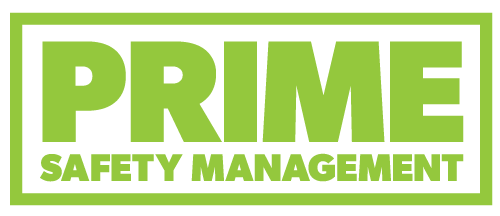The Occupational Health and Safety Administration (OSHA) requires certain employers to develop and implement safety policies. To succeed, a safety policy requires both a commitment and endorsement from management and buy-in from the employees.
Generally we include three sections in a safety policy, which are:
Statement of the policy - The employer’s commitment to managing health and safety and the goal of the policy
Responsibility - Stating who is responsible for implementing, enacting, and tracking each element of the policy
Arrangements of procedures - Outlines the details of procedures including the reduction of hazard policy
It may also include details about the following:
Employee training
Use of administrative controls, hazard isolation, locking, warnings, signs and symbols marking hazards, etc.
Use of personal protective equipment (PPE)
Removing hazardous materials or replacing them with less harmful alternatives
Improved lighting and working environment
Prevention of slip, trip, and fall incidents

